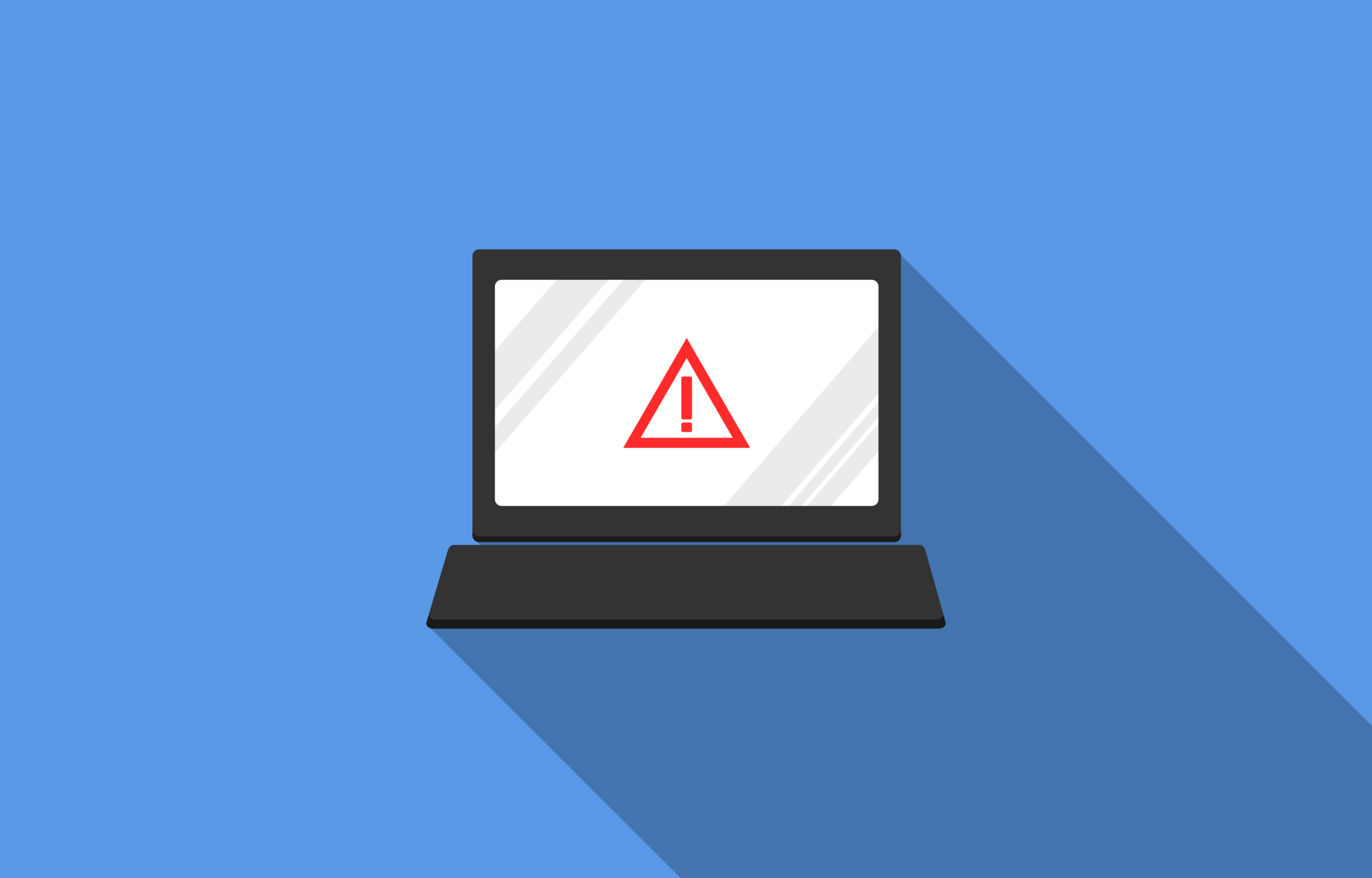
QR codes have become ubiquitous in our digital lives, appearing on everything from restaurant menus to utility bills and parking lots. While these convenient square barcodes offer quick access to websites, apps, and services, they also present significant security risks that many users overlook. Security experts are now warning about the growing threat of QR code-based cyberattacks that can compromise your personal information and financial security.
The Growing QR Code Security Threat
The widespread adoption of QR codes has created new opportunities for cybercriminals to exploit unsuspecting users. These attacks take advantage of the technology’s convenience factor – most people scan QR codes without thinking twice about potential security implications. According to cybersecurity researchers, QR codes represent a fertile ground for manipulation, particularly as they appear in various everyday contexts where users have learned to trust them.
Four Major QR Code Security Risks
1. Phishing and Malicious Website Redirection
One of the most common threats involves QR codes that redirect users to fraudulent websites designed to steal personal or financial information. These malicious sites often impersonate legitimate services such as banks, streaming platforms, or popular online retailers. Once users enter their credentials on these fake sites, cybercriminals can access their accounts and steal sensitive information including passwords and credit card numbers.
2. Automatic Malware Downloads
Some QR codes can trigger the automatic download of malicious applications that compromise device security. This risk is particularly high for devices that aren’t protected against unauthorized installations. The malware can then access sensitive data, monitor user activity, or even take control of certain device functions.
3. Payment Fraud Schemes
During special events or sales periods, cybercriminals often deploy fake QR codes that redirect users to make payments to fraudulent accounts. This type of attack has become increasingly sophisticated, with attackers creating convincing fake payment interfaces that closely resemble legitimate services. Users may believe they’re making a legitimate purchase or donation when they’re actually sending money directly to criminals.
4. Unsafe Network Connections
QR codes can automatically connect users to Wi-Fi networks controlled by cyber attackers, allowing them to intercept communications and steal data. This type of attack is particularly dangerous in public spaces where users might expect to find legitimate Wi-Fi access points.
The Broader Context of Mobile Security Threats
QR code attacks are part of a larger trend in mobile-focused cybercrime. Recent research has shown that malware affects significant portions of mobile users across Africa, with 40% of Kaspersky private users in Kenya and 38% in Nigeria encountering such threats in 2020.Additionally, phishing attacks have seen dramatic increases, with corporate users in South Africa experiencing a 134% spike in phishing attacks between quarters in 2023.
The sophistication of mobile threats continues to evolve. Similar to QR code manipulation, NFC tag tampering has emerged as another contactless attack vector, with researchers warning about malicious actors exploiting Near Field Communication technology to deliver phishing links and install malware.
Essential Protection Strategies
Verify the Source
Only scan QR codes from trusted and known sources. Be particularly cautious of codes in public places that may have been tampered with or replaced by malicious actors. If you’re unsure about a QR code’s legitimacy, it’s better to access the intended service through official channels rather than scanning.
Check the URL Before Taking Action
When you must scan a publicly available QR code, always verify that the web address it directs you to is legitimate before taking any action on the website. Look for secure connections (HTTPS), check for spelling errors in domain names, and ensure the URL matches the expected destination.
Protect Your Personal Information
Never enter sensitive information such as passwords, credit card numbers, or personal identification details if you’re not completely sure of the QR code’s origin. Legitimate services will typically have multiple verification steps and security measures in place.
Use Comprehensive Security Solutions
Install cybersecurity software with anti-phishing and anti-fraud protection on all your devices.Modern security solutions can detect and block malicious websites and prevent unauthorized downloads, providing an additional layer of protection against QR code-based attacks.
The convenience of QR codes makes them an attractive target for cybercriminals, but with proper awareness and security practices, users can continue to benefit from this technology while minimizing their risk. As digital payment methods and contactless interactions become increasingly common, understanding these risks becomes crucial for maintaining personal cybersecurity.






